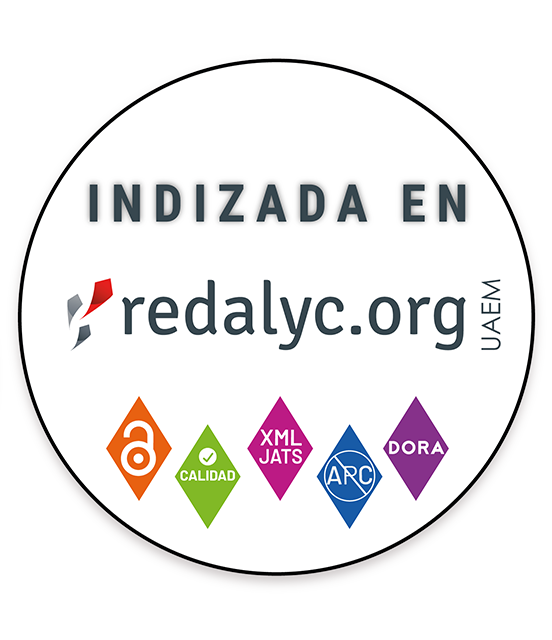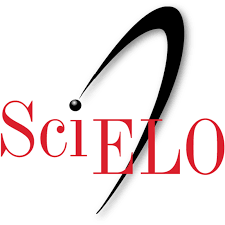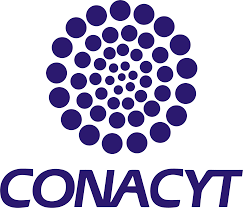The function of the dynamic forces in the construction of meaning: cognitive interactions between academia and business in Mexico
Keywords:
function, dynamics, construction, meaningAbstract
This research examines a corpus about the generation and transmission of knowledge between universities and industry in Mexico. This article analyzes the interplay of three parameters of force dynamics [Talmy, 1988:54] in two different construals of the same reality. At the discourse level, force dynamics are displayed through the construction of mental spaces [Fauconnier, 1985, 1997].Downloads
References
Castaños, Fernando. 1996a Discourse in EOL Research and Design: the Basic Units, PhD. Thesis, Londres, Institute of Education, University of London.
Castaños, Fernando. 1996b “Comunicación: sujetos, lenguaje”, en Los mexicanos de los noventa, México, UNAM - IIS, pp. 123-141.
Castaños, Fernando. 1997. “Observar y entender la cultura política: algunos problemas fundamentales y una propuesta de solución”, en Revista Mexicana de Sociología, México, núm. 59, UNAM-IIS, pp. 75-91.
Durkheim, Emile. 1912. The Elementary Forms of Religious Life, Nueva York, Free Press.
Fauconnier, Gilles. 1985. Mental Spaces, Cambridge, MIT.
Fauconnier, Gilles. 1997. Mappings in Thought and Language, Cambridge, CUP.
Geertz, Clifford. 1973. The Interpretation of Cultures, Nueva York, Basic Books.
Halliday, Michael. 1994. An Introduction to Functional Grammar, Londres, Edward Arnold.
Jackendoff, Ray. 1990. Semantic Structures, Cambridge, MIT.
Lara, Luis Fernando. 1990. Dimensiones de la lexicografía, México, COLMEX.
Lara, Luis Fernando (ed.). 1996. Diccionario del español usual en México, México, COLMEX.
Lyons, John. 1977. Semantics, Cambridge, CUP.
Riley, P. 1996. “Look in the heart and write”, en Ventola, E y Maranen, A (eds.), Academic Writing, Amsterdam, John Benjamin.
Sweetser, Eve. 1990. From etymology to pragmatics, Cambridge, CUP.
Talmy, Leonard. 1988. “Force dynamics in language and cognition”, en Cognitive Science, n.m. 12, pp. 49-100.
Talmy, Leonard. 2000 Toward a Cognitive Semantics, Cambridge, MIT.
Traugott, Elizabeth. 1982. “From prepositional to textual and expresive meaning: some semanticpragmatic aspects of grammaticalization”, en Lehmann, W. y Malkiel, Y. (eds), Perspectives on historical linguistics I, Amsterdam, Benjamin, pp. 245-271.
Thompson, J. B. 1988. Ideology and Modern Culture, Cambridge.
Van Dyke, Teun. 2001. “Algunos principios de la teoría del contexto”, en Revista latinoamericana de estudios del discurso, núm. 1, pp. 69-81.
Vázquez, Ma. Eugenia. 1999. Modalidad deóntica y acción comunicativa, Tesis doctoral, COLMEX.
Vázquez, Ma. Eugenia. 1999. “Modalidad deóntica objetiva y subjetiva”, en Nueva Revista de Filología Hispánica, núm. 1, pp. 1-32.







